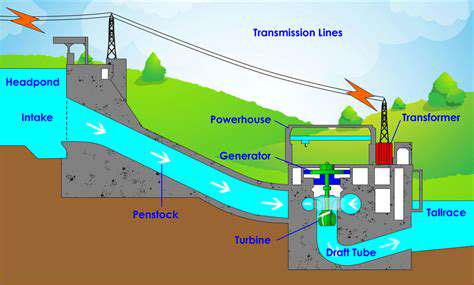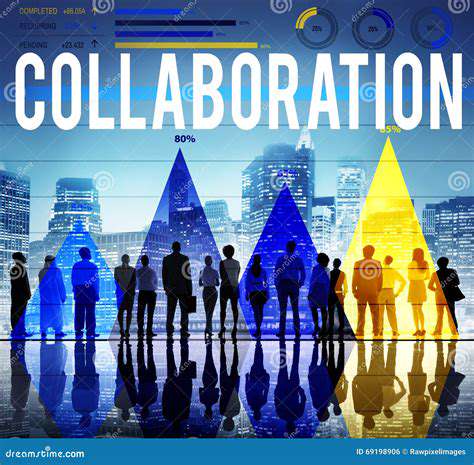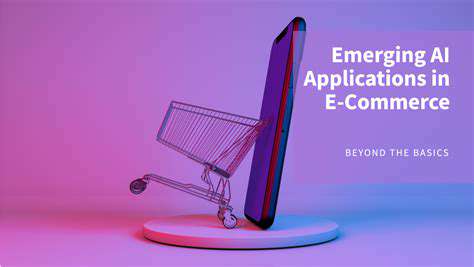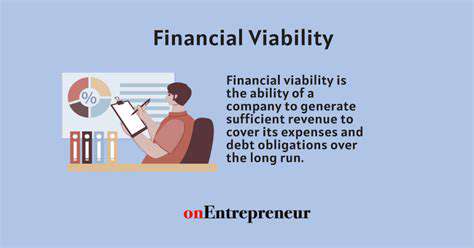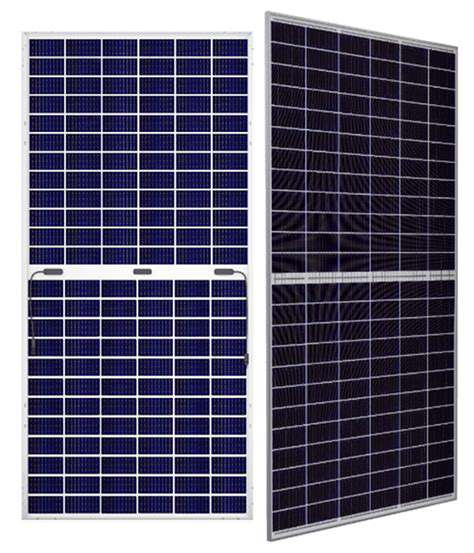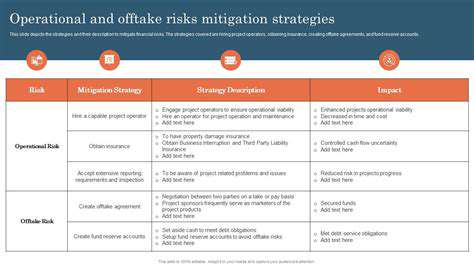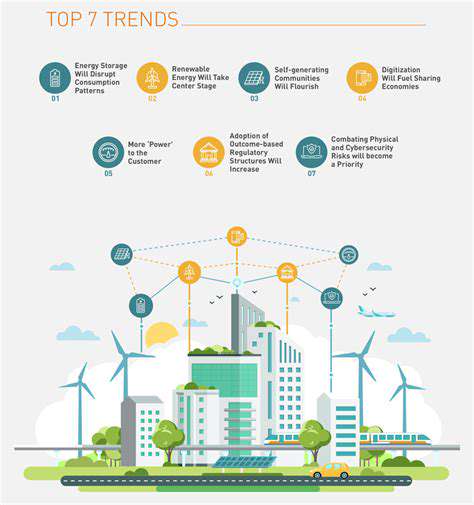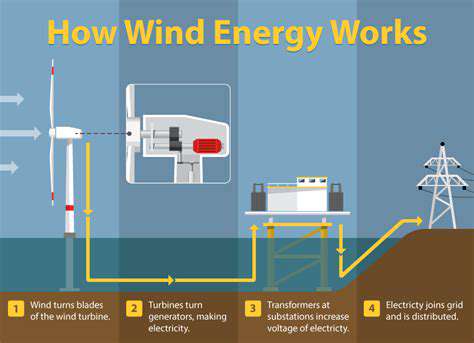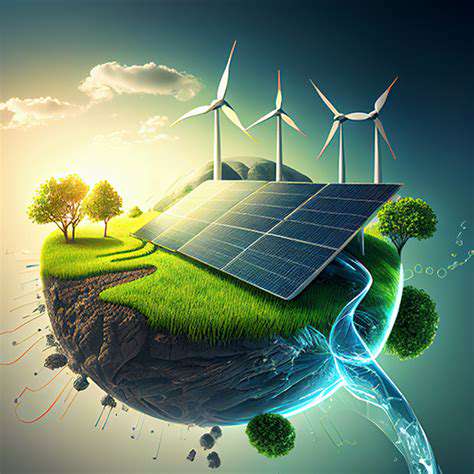Decentralization of Energy Generation and Grid Flexibility
The energy landscape is experiencing a profound shift as distributed energy resources (DERs) gain traction. These localized power generation and storage solutions are transforming how electricity is produced and consumed. This decentralized approach is reshaping traditional utility models, giving consumers unprecedented control over their energy needs. Unlike centralized power plants, DERs offer flexibility and resilience that's becoming increasingly valuable in our climate-conscious world.
The democratization of energy production through DERs represents one of the most significant developments in power infrastructure in decades. Homeowners with solar panels, businesses with backup generators, and communities with shared battery storage are all part of this movement. This shift isn't just about technology - it's fundamentally altering the relationship between energy providers and consumers.
Key Drivers of the DER Revolution
Several converging factors are accelerating DER adoption. Solar panel costs have plummeted 90% since 2010, while wind turbine efficiency has improved dramatically. Environmental awareness has reached new heights, with climate change concerns pushing both individuals and corporations toward cleaner energy solutions.
Government incentives play a pivotal role in this transition. Many regions offer substantial tax credits, rebates, and net metering programs that make DER installations financially attractive. These policies vary by location but collectively create a supportive environment for decentralized energy solutions.
Energy storage breakthroughs deserve special mention. Lithium-ion battery prices have fallen nearly 80% in the past decade, solving one of renewable energy's biggest challenges - intermittency. Modern storage systems can now smooth out supply fluctuations, making DERs more reliable than ever before.
Benefits of Integrating DERs into the Grid
The advantages of widespread DER adoption are numerous and impactful. During power outages or natural disasters, distributed systems can isolate and continue operating when centralized grids fail. This islanding capability provides critical resilience that traditional infrastructure can't match.
Energy efficiency improves significantly with DERs. Generating power near where it's consumed reduces transmission losses that typically account for 5-8% of electricity in conventional systems. This localized production also alleviates congestion on transmission lines, potentially deferring costly infrastructure upgrades.
Grid operators gain valuable flexibility from DER networks. Instead of relying solely on large power plants that take hours to ramp up, they can tap into thousands of smaller sources that can adjust output quickly. This distributed flexibility helps balance supply and demand in real-time.
Challenges and Future Outlook
Despite their promise, DERs present technical hurdles. Integrating diverse technologies into existing grid infrastructure requires new standards and protocols. Utilities must upgrade their systems to handle bidirectional power flows and more complex grid management scenarios.
Policy frameworks must evolve to keep pace with technological change. Many current regulations were designed for centralized generation and need updating to fairly compensate DER owners for the grid services they provide. Looking ahead, the DER market is poised for explosive growth as technology improves and costs continue falling. Success will depend on collaboration between utilities, regulators, and technology providers to create an energy ecosystem that maximizes DER potential.
Grid Flexibility: Adapting to the Decentralized Landscape
Grid Flexibility in a Decentralized Energy System
The shift toward distributed generation requires fundamental changes in grid architecture. Conventional power systems weren't designed for the variability inherent in renewable sources. Modern grids need sophisticated monitoring and control capabilities to manage thousands of small generators instead of a few large plants. This transformation affects everything from voltage regulation to fault detection protocols.
Flexibility extends beyond generation to consumption patterns. Smart appliances, electric vehicles, and industrial loads can all be coordinated to help balance the grid. Achieving this requires robust communication networks and incentive structures that encourage participation in demand response programs.
Demand Response and Smart Grids
Demand response has evolved from crude load shedding to sophisticated energy management. Today's programs use real-time pricing signals and automated controls to shift consumption patterns. Smart meters now provide granular usage data that enables more precise demand management strategies.
Advanced analytics platforms process vast amounts of grid data to optimize demand response. Machine learning algorithms can predict consumption patterns days in advance, allowing utilities to proactively manage potential imbalances. These tools are becoming essential for integrating high levels of renewable generation.
Integrating Renewable Energy Sources
Renewables integration presents unique technical challenges. Solar and wind output varies by weather, season, and time of day. Grid operators need accurate forecasting tools to anticipate these fluctuations and plan accordingly. Many utilities now employ sophisticated weather modeling systems specifically for this purpose.
Physical infrastructure must also adapt. Some regions require transmission upgrades to handle renewable-rich areas, while others need grid-edge solutions like advanced inverters that can help maintain voltage and frequency stability.
Advanced Control Systems and Algorithms
Modern grid management relies on distributed control architectures. Instead of centralized decision-making, these systems use localized intelligence that can react quickly to changing conditions. This approach improves resilience by eliminating single points of failure.
Artificial intelligence plays an increasing role in grid operations. AI-powered systems can detect anomalies, predict equipment failures, and optimize power flows in ways that traditional algorithms cannot. These capabilities will become more important as grid complexity increases.
Energy Storage Solutions
Storage technologies are diversifying beyond lithium-ion batteries. Flow batteries, compressed air storage, and thermal storage systems each offer unique advantages for different applications. This diversity allows grid operators to match storage solutions to specific needs.
Storage isn't just for smoothing renewable output. It also provides essential grid services like frequency regulation and voltage support. Some systems can respond to grid conditions in milliseconds, far faster than conventional generation.
Cybersecurity and Data Management
As grids become more digital, security risks multiply. Utilities must protect against threats ranging from ransomware attacks to sophisticated nation-state actors. This requires continuous monitoring, regular penetration testing, and employee training.
Data privacy is equally important. Smart meters collect detailed usage patterns that could reveal personal information if mishandled. Strong data governance policies are essential to maintain customer trust while enabling grid optimization.
Challenges and Opportunities in the Transition
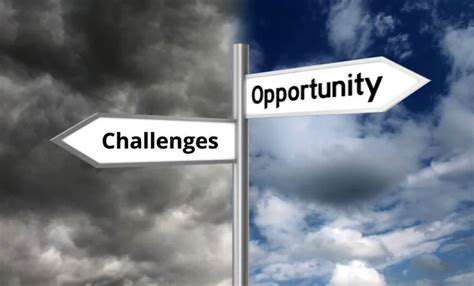
Navigating Economic Uncertainty
The energy transition occurs against a backdrop of economic volatility. Supply chain disruptions, material shortages, and inflation all impact project economics. Companies must develop robust risk management strategies that account for these variables.
Successful organizations will be those that can adapt quickly to changing conditions while maintaining long-term transition goals. This requires financial flexibility and the ability to pivot strategies as circumstances evolve.
Technological Advancements and Disruptions
Innovation is occurring at breakneck speed across the energy sector. Emerging technologies like solid-state batteries, green hydrogen, and advanced nuclear reactors could dramatically alter the energy landscape. Companies must stay informed about these developments while avoiding premature commitments to unproven solutions.
The most effective approach combines cautious experimentation with proven technologies. Pilot projects can test new ideas while core operations continue with established solutions.
Competitive Landscape and Market Dynamics
The energy sector is becoming increasingly competitive as new players enter the market. Traditional utilities now compete with tech companies, automakers, and startups offering innovative energy solutions. This competition drives innovation but also creates market fragmentation.
Differentiation will be key to success. Companies need clear value propositions that address specific customer needs rather than trying to be all things to all customers.
Maintaining Sustainability and Ethical Practices
Sustainability has moved from corporate social responsibility to core business strategy. Investors, customers, and regulators now expect concrete environmental commitments backed by measurable progress.
Leading companies integrate sustainability into every business decision, from supply chain management to product design. This holistic approach creates value while meeting stakeholder expectations.
Adapting to a Changing Workforce
The energy transition requires new skills and competencies. Traditional utility employees must learn about distributed energy resources, while new hires need training on legacy grid systems. This skills gap presents both challenges and opportunities.
Forward-thinking companies are investing heavily in workforce development programs. These initiatives combine technical training with change management to prepare employees for the evolving energy landscape.
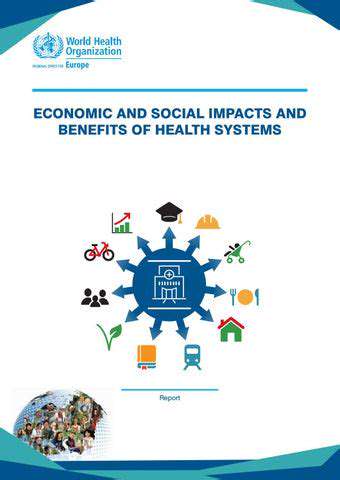
The Future of Energy: A Decentralized and Adaptive System
Decentralized Energy Generation
The energy future will be fundamentally decentralized, with generation occurring at all scales from rooftop solar to community microgrids. This shift reflects both technological progress and changing consumer expectations. People want more control over their energy supply and its environmental impact.
Peer-to-peer energy trading platforms are emerging that allow neighbors to buy and sell excess renewable energy directly. These platforms use blockchain technology to create transparent, automated transactions. Such innovations could transform energy markets as profoundly as Airbnb changed hospitality.
Adaptive Energy Management Systems
Future grids will rely on artificial intelligence that learns and adapts in real-time. These systems will predict energy needs with unprecedented accuracy and automatically adjust generation and consumption patterns. The result will be a grid that's both more efficient and more reliable.
Edge computing will play a crucial role by processing data locally rather than in centralized data centers. This reduces latency for critical grid operations and enhances cybersecurity by limiting data transmission.
Integration of Renewable Energy Sources
Renewables will dominate future energy systems, but their integration requires innovative solutions. Advanced forecasting techniques will combine weather data with machine learning to predict generation patterns days in advance.
Hybrid systems that combine multiple renewable sources with storage will become standard. These systems maximize utilization of available resources while minimizing intermittency issues.
The Role of Smart Grid Technologies
Smart grids will evolve into fully digital energy networks. Every component - from transformers to home appliances - will have intelligent controls and communication capabilities. This will enable automated optimization of the entire system.
Digital twins - virtual replicas of physical grid assets - will allow utilities to simulate scenarios and test solutions before implementing them in the real world. This will improve decision-making and reduce operational risks.
Economic and Social Benefits
Decentralized energy can revitalize local economies by keeping energy spending within communities. The savings from avoided transmission costs can be redirected to local infrastructure and services.
Energy democracy - the idea that communities should control their energy resources - is gaining traction. This approach can increase public support for the energy transition while addressing historical inequities in energy access.
Challenges and Considerations
The transition to decentralized energy requires careful planning. Grid operators must ensure reliability as traditional revenue models change. Policymakers need to update regulations to accommodate new business models and technologies.
Public education is essential to build understanding and support for the changes ahead. Transparent communication about costs, benefits, and trade-offs will help societies navigate this complex transition successfully.
